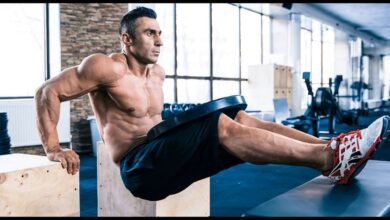Deadlifts are often known as the king of all physical activities and for proper purposes. They interact with multiple muscle businesses, substantially impacting your universal power and muscle growth. But there may be extra to deadlifts than just the conventional style. Different versions can goal unique muscle groups, enhance weaknesses, and repeatedly upload range for your education. This text will discover the ten best deadlift variations to help you construct power and muscle.
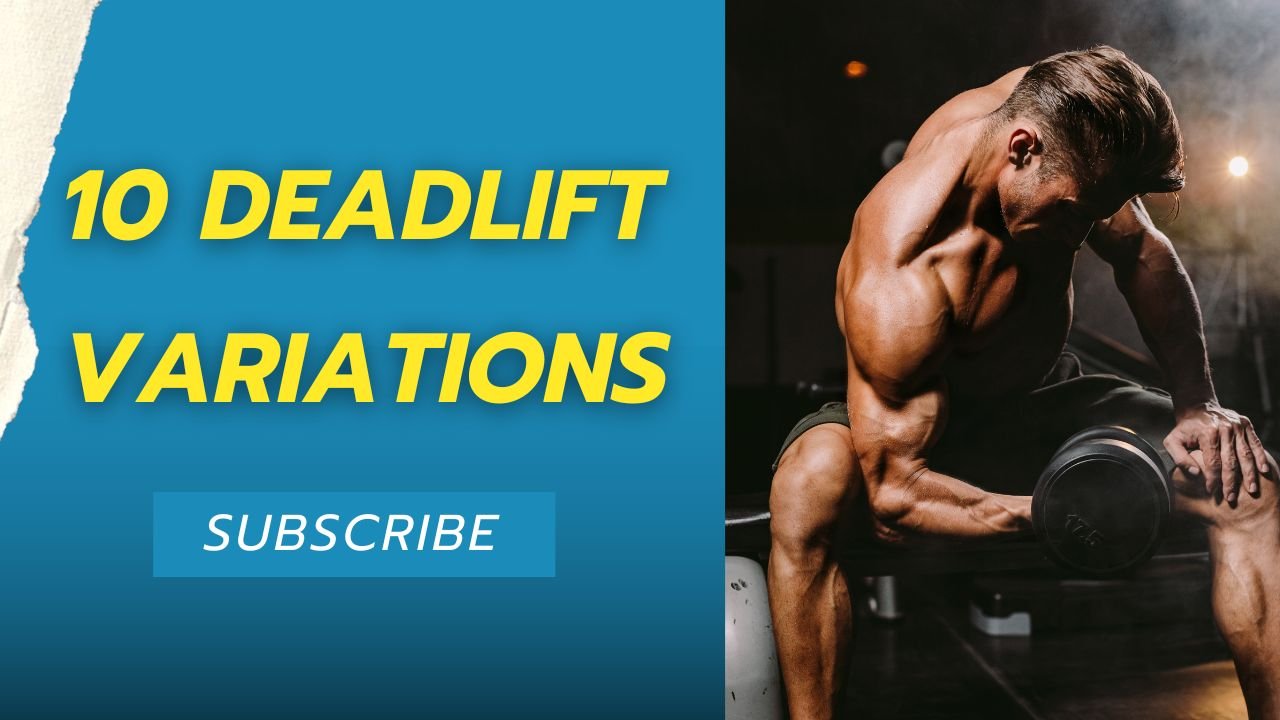
Conventional Deadlift
Benefits of Conventional Deadlift
The ancestral deadlift is the most common and well-known form of deadlifting. It’s a complete-body exercise that works your decreased lower back, glutes, hamstrings, quads, and even your top back and grip strength. The blessings of the traditional deadlift are significant, including stepped-forward posture, more desirable athletic performance, and improved overall energy. It’s a staple in many energy schooling programs as it effectively builds muscular tissues and energy.
How to Perform a Conventional Deadlift
To perform a traditional deadlift:
- Stand with your feet hip-width apart.
- Position the barbell over the center of your toes and grip it with your fingers outside your knees.
- Angle at your hips and knees, saving your back flat and your chest up.
- Take a deep breath, brace your middle, and drive via your heels to elevate the bar.
- Extend your hips and knees fully until you are standing upright.
- Lower the bar back to the floor with the manager, maintaining the same form.
Sumo Deadlift
Benefits of Sumo Deadlift
The sumo deadlift is a popular version involving a broader stance and a more significant, excellent upright torso role. This variation reduces the range of signals and locations, reducing the strain on the decrease again, making it a fantastic option for people with back troubles or limited mobility. The sumo deadlifts goals the glutes, hamstrings, and internal thighs primarily. The broader assist base allows for a more robust and excellent solid lift.
How to Perform a Sumo Deadlift
Grip the bar with your fingers inside your knees. Lower your hips and maintain your chest up as you engage your center. Push via your heels and amplify your hips and knees to lift the bar. Keep your back straight throughout the movement. Once fully standing, lower the bar back down with control.
Romanian Deadlift
Benefits of Romanian Deadlift
The Romanian deadlift (RDL) is a super version that objectives the posterior chain, particularly the hamstrings and glutes. Unlike the traditional deadlift, the RDL emphasizes muscle hypertrophy over lifting maximal weights. It’s a brilliant exercise for improving hamstring flexibility, strengthening the lower back, and building muscle inside the glutes and hamstrings.
How to Perform a Romanian Deadlift
Stand with your feet hip-width separated to achieve a Romanian deadlift and preserve the barbell at the hip degree. Keep your knees slightly bent and hold a flat lower back. Hinge at the hips and decrease the bar down your legs, feeling a stretch to your hamstrings. Go as low as your flexibility allows while keeping your back flat. Return to the starting position by engaging your glutes and hamstrings, lifting the bar back to hip level.
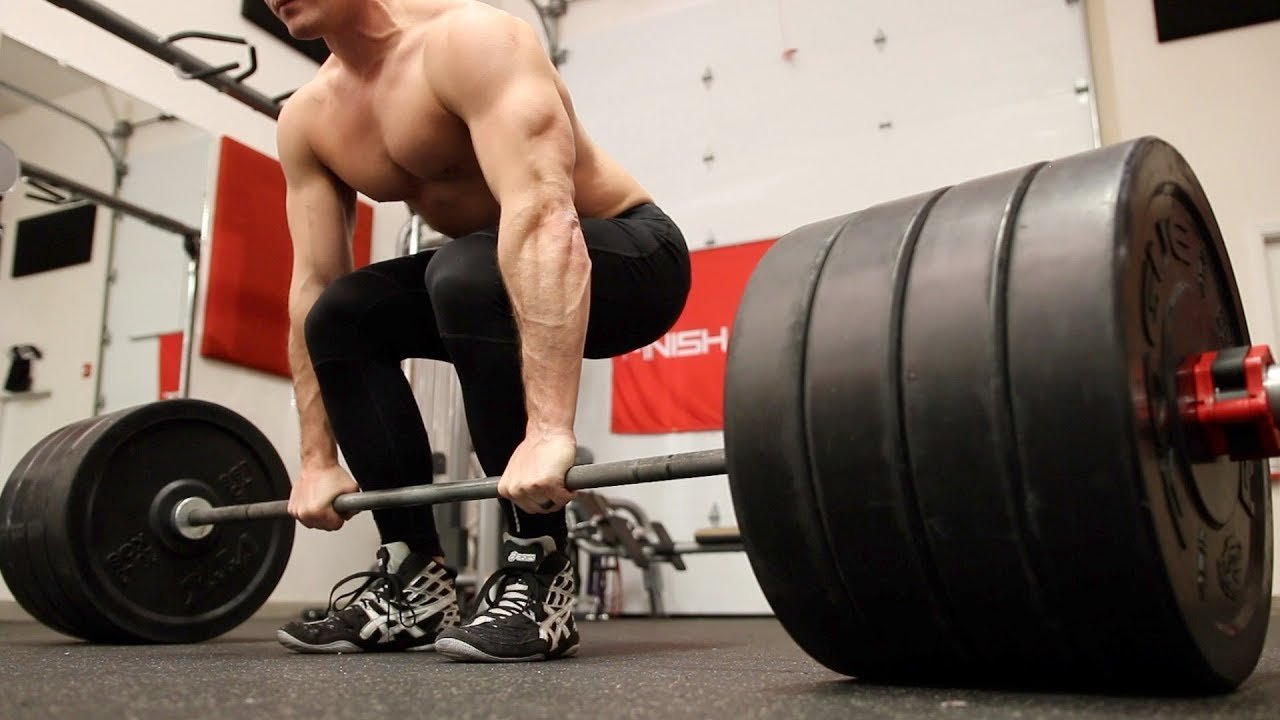
Trap Bar Deadlift
Benefits of Trap Bar Deadlift
The lure bar deadlift is executed using a hexagonal or entice bar, which allows you to stand within the bar and hold the handles at your sides. This variation is considered more amateur-pleasant and is more straightforward on the lower return than the conventional deadlift. It ordinarily targets the quads, glutes, and returned muscle mass. The trap bar deadlift gives a more balanced weight distribution, lowering the hazard of harm and making it a remarkable choice for those new to deadlifting.
How to Perform a Trap Bar Deadlift
Step in the lure bar and stand with your feet hip-width apart to perform an entice bar deadlift. Keep your return immediately and your chest up. Drive-thru your heels and extend your hips and knees to lift the bar. Stand up tall, then decrease the bar back to the ground with manage, maintaining the identical shape at some point of the motion.
Deficit Deadlift
Benefits of Deficit Deadlift
The deficit deadlift involves status on a multiplied floor, including a weight plate or platform, to increase the variety of movement. This variation is perfect for building explosive strength, enhancing flexibility, and strengthening the hamstrings, glutes, and lower back. The improved range of motion challenges your muscular tissues more and allows you to improve your traditional deadlift performance.
How to Perform a Deficit Deadlift
Stand on a platform or weight plate that is 1-three inches excessive to perform a deficit deadlift with the barbell at your toes. Grip the bar with your fingers simply out of doors on your knees. Bend your hips and knees, keeping your lower back flat and your chest up. Drive-thru your heels, extending your hips and knees to raise the measure. Stand up completely, then decrease the bar backpedal with manipulation, preserving top form during the motion.
Snatch Grip Deadlift
Benefits of Snatch Grip Deadlift
The take maintain of grip deadlift is a version that uses a wide grip, much like the grip used within the take hold of increase of Olympic weightlifting. This variation will increase the distance the bar travels and emphasize the top again, traps, and grip electricity. It’s a problematic variation that may help improve your traditional Deadlift Variations and usual top-body electricity.
How to Perform a Snatch Grip Deadlift
To perform a grasp grip Deadlift Variations, stand with your feet hip-width aside and grip the bar with your fingers large outside your knees. Bend your hips and knees, supporting your inferior back and chest up. Lift the bar by raising your hips and knees, maintaining a sturdy grip and a flat again. Stand up directly, then decrease the bar and go into reverse with manage, keeping the equal shape all through the motion.
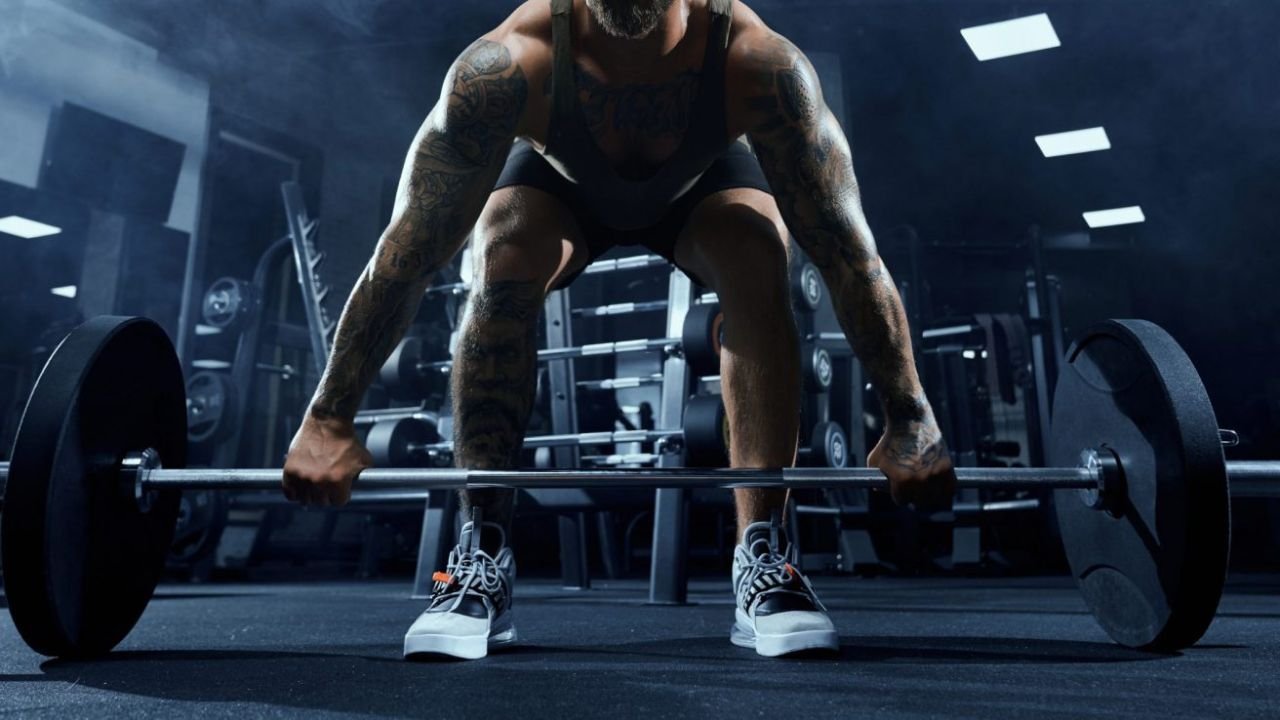
Rack Pulls
Benefits of Rack Pulls
Rack pulls are a partial Deadlift Variations that evolved from an improved function. They are commonly performed at knee height or slightly underneath. This variant specializes in the lockout phase of the deadlift and is excellent for building electricity within the lower back, glutes, and hamstrings. Rack pulls also enhance deadlift shape and strength, allowing you to lift graver importance than a full-range deadlift.
How to Perform Rack Pulls
Set the bar at knee height in a power rack to perform rack pulls. Stand together with your feet hip-width apart and grip the bar outdoors on your knees. Bend at your hips and knees, holding your lower back flat and your chest up. Raise your hips and knees to lift the bar, standing up absolutely. Lower the bar back to the rack with management, maintaining accurate shape in the motion.
Stiff-Leg Deadlift
Benefits of Stiff-Leg Deadlift
The stiff-leg deadlift is a variant that isolates the hamstrings and decreases back. It involves less knee bend than the conventional Deadlift Variations, focusing more on the hinge at the hips. This version helps build muscle and energy within the hamstrings, decreases the lower back, and improves flexibility.
How to Perform a Stiff-Leg Deadlift
Keep your legs straight, no longer locked, and maintain a flat return. Hinge at the hips and decrease the bar down your legs, feeling a stretch for your hamstrings. Go as low as your flexibility allows while keeping your back flat. Return to the starting position by engaging your glutes and hamstrings, lifting the bar back to hip level.
Single-Leg Deadlift
Benefits of Single-Leg Deadlift
The single-leg Deadlift Variations is a top-notch workout for enhancing balance, coordination, and unilateral electricity. It targets the glutes, hamstrings, and core, making it a treasured addition to any education program. This model allows handling muscle imbalances and complements usual athletic performance.
How to Perform a Single-Leg Deadlift
Hinge at the hips, decreasing the load towards the floor while extending your unfastened leg at the back of you for stability. Keep your back flat and your standing leg slightly bent. Return to the starting position by engaging your glutes and core and lifting the weight back up.
Jefferson Deadlift
Benefits of Jefferson Deadlift
The Jefferson Deadlift Variations is a unique variation requiring a stance with one foot in front of the opposite, straddling the barbell. This lift builds strength, balance, and muscle symmetry, focusing on the quads, glutes, and core. It’s an unconventional but distinctly effective exercise that could add variety and mission to your training.
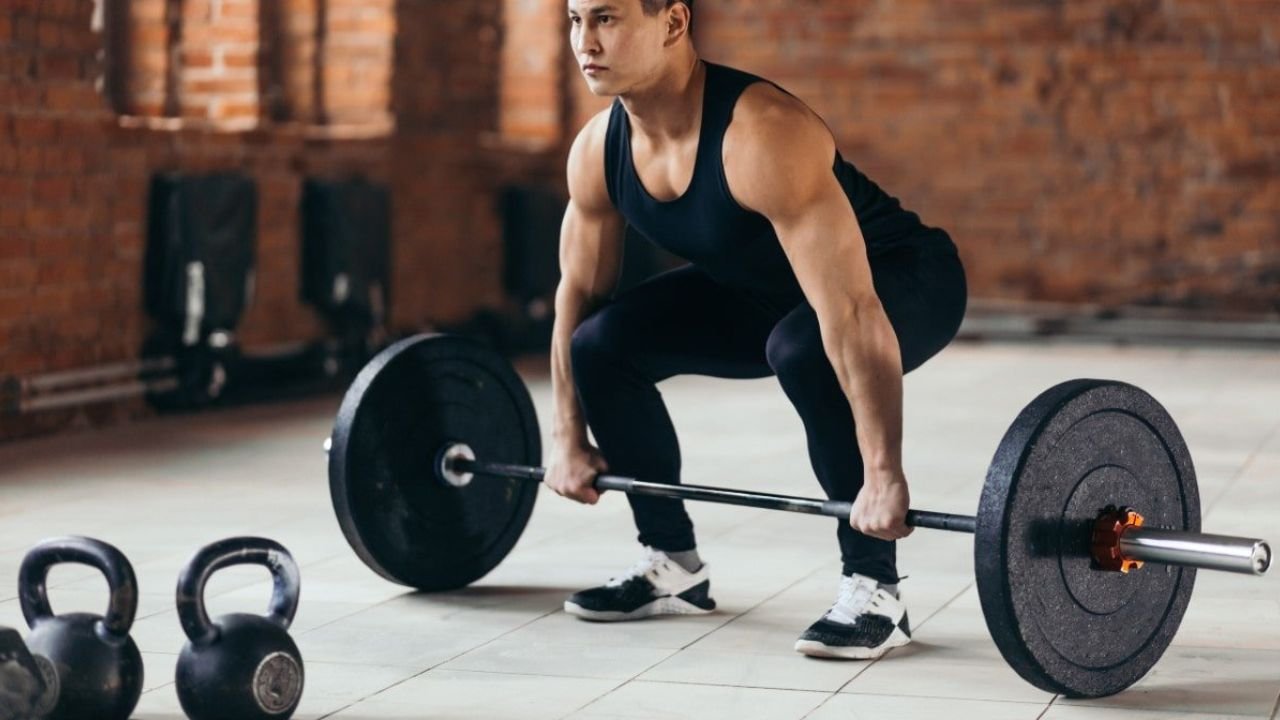
How to Perform Jefferson Deadlift Variations
Stand with the barbell between your legs to perform a Jefferson Deadlift Variations with one foot in front of the bar and one foot inside the other. Grip the bar with one hand in front of your frame and one inside the other. Turn your hips and knees, keeping your lower back flat and your chest up. Grow your hips and knees to lift the bar, keeping the right shape. Stand up completely, then decrease the bar back off with manipulation.
Conclusion
Deadlift Variations are essential for a properly-rounded power schooling program. Each variation goals unique muscle mass and addresses one-of-a-kind components of your health. Incorporating these ten deadlift variations into your routine will build strength and muscle and improve overall athletic performance. So, grab that barbell and start lifting!
FAQs about Deadlift Variations
Can I incorporate multiple deadlift variations into my schooling habit?
Absolutely! Incorporating multiple deadlift variations can help you achieve extraordinary muscle organization, cope with weaknesses, and avoid boredom during your training routine. Just make sure to manipulate your volume and depth to prevent overtraining.
How often should I perform deadlift versions when I am exercising?
It depends on your training dreams and typical software. Generally, incorporating deadlifts 1-2 times per week is effective for most humans. Ensure you have adequate restoration time during training to maximize power and growth.
What is the primary difference between the traditional deadlift and the sumo deadlift?
The primary distinction lies between the stance and the muscle emphasis. The traditional deadlift uses a narrower stance and sets additional stress on the lower back and hamstrings. The sumo deadlift uses a broader stance and targets the glutes, hamstrings, and internal thighs.
Are deadlift versions secure for people with decreased pain again?
Some deadlift versions, like the Sumo deadlift and the Entice Bar deadlift, can be more secure options for people with lower backaches because of their more significant upright torso role and decreased decrease in back pressure. However, pursuing guidance from a healthcare professional or a qualified trainer is essential to ensure proper forms and protection.

